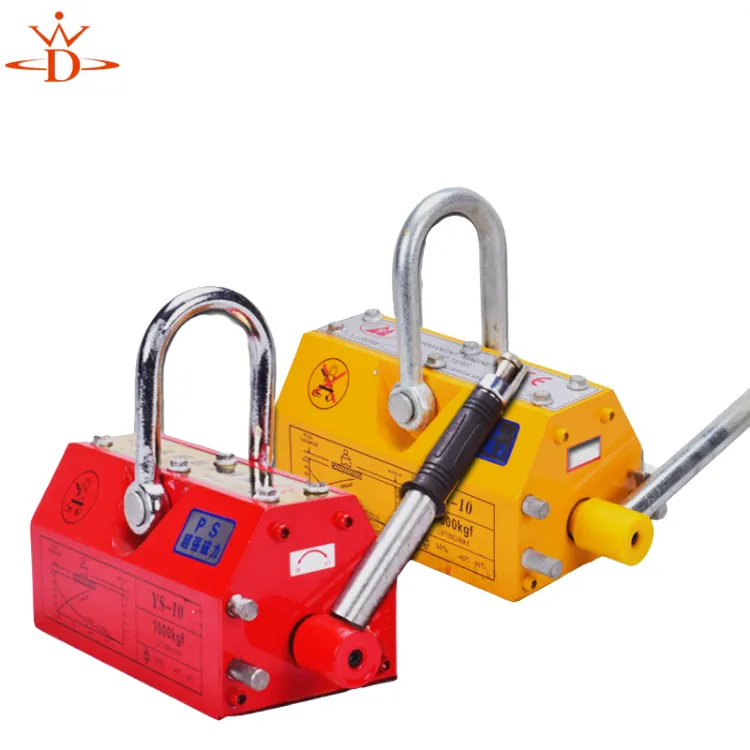mobile overhead crane
Understanding Mobile Overhead Cranes Versatility and Efficiency in Material Handling
Mobile overhead cranes are versatile machines engineered to transport and manipulate heavy materials in a variety of industrial environments. These cranes stand out due to their unique design and capability to combine the functionality of traditional overhead cranes with the mobility of wheeled vehicles. This article delves into the components, applications, benefits, and maintenance of mobile overhead cranes, highlighting their significance in modern industries.
Key Components of Mobile Overhead Cranes
A mobile overhead crane typically consists of several critical components, including the bridge, trolley, hoist, and legs. The bridge is the main horizontal component that spans the workspace, supported by vertical legs. The trolley runs along the bridge and houses the hoisting mechanism, which lifts materials to required heights. The legs of the crane can be equipped with wheels or tracks, enabling movement across various terrains, whether flat or uneven.
Applications Across Industries
Mobile overhead cranes find use in numerous sectors, including manufacturing, warehousing, construction, and shipping. In manufacturing, these cranes are crucial for loading and unloading heavy components, facilitating seamless production processes. In warehouses, they play a vital role in moving heavy goods to and from storage areas efficiently, improving inventory management.
In construction, mobile overhead cranes assist in transporting materials to hard-to-reach locations, ensuring that crews can access the tools and supplies needed. The shipping industry benefits from these cranes as they help in loading containers efficiently, optimizing logistics operations.
Advantages of Mobile Overhead Cranes
mobile overhead crane

One of the primary advantages of mobile overhead cranes is their versatility. These cranes can be easily relocated to different job sites, making them ideal for businesses that require flexibility. Their ability to operate in various environments reduces the need for multiple cranes, thus lowering overall operational costs.
Moreover, mobile overhead cranes often have higher lifting capacities than traditional forklifts or pallet jacks. This capability enables them to handle larger and heavier loads safely, minimizing the risk of accidents associated with manual lifting.
Another significant advantage is the improved efficiency they provide. By automating the lifting and transportation of heavy loads, these cranes reduce the time and labor required for material handling. This efficiency can lead to increased productivity and faster project completion times, positively impacting a company’s bottom line.
Maintenance and Safety Considerations
To ensure optimal performance and prolong the lifespan of mobile overhead cranes, regular maintenance is essential. Operators should adhere to a comprehensive maintenance schedule that includes routine inspections of all components, lubrication of moving parts, and checking the load limits to prevent overloads.
Safety is paramount when operating mobile overhead cranes. Operators must be trained in proper crane operation techniques, including load securement and stability awareness. Additionally, implementing safety protocols, such as using spotters and clearly marking load pathways, can help prevent accidents.
Conclusion
Mobile overhead cranes represent a critical advancement in material handling technology. Their ability to combine mobility with heavy lifting capabilities offers unprecedented versatility for various industrial applications. As industries continue to evolve, the demand for effective and efficient material handling solutions will only increase. Companies investing in mobile overhead cranes stand to gain a competitive edge, enhancing productivity, safety, and operational efficiency. By understanding their components, applications, and the necessary maintenance protocols, businesses can fully leverage the benefits of these robust machines.
-
Unlock Seamless Relocation with Our Heavy Equipment Moving ExpertiseNewsJun.06,2025
-
Unleash Unrivaled Flexibility with Our Adjustable Gantry CraneNewsJun.06,2025
-
Unleash Heavy-Duty Efficiency with Our Industrial Gantry Crane SolutionsNewsJun.06,2025
-
Revolutionize Steel Handling with Our Magnetic Lifter RangeNewsJun.06,2025
-
Master Equipment Mobility with Premium Machinery Mover SolutionsNewsJun.06,2025
-
Elevate Your Material Handling with Magnetic Lifter TechnologyNewsJun.06,2025
-
YS Permanent Lifting Magnets: The Smarter Way to Handle SteelNewsMay.22,2025
